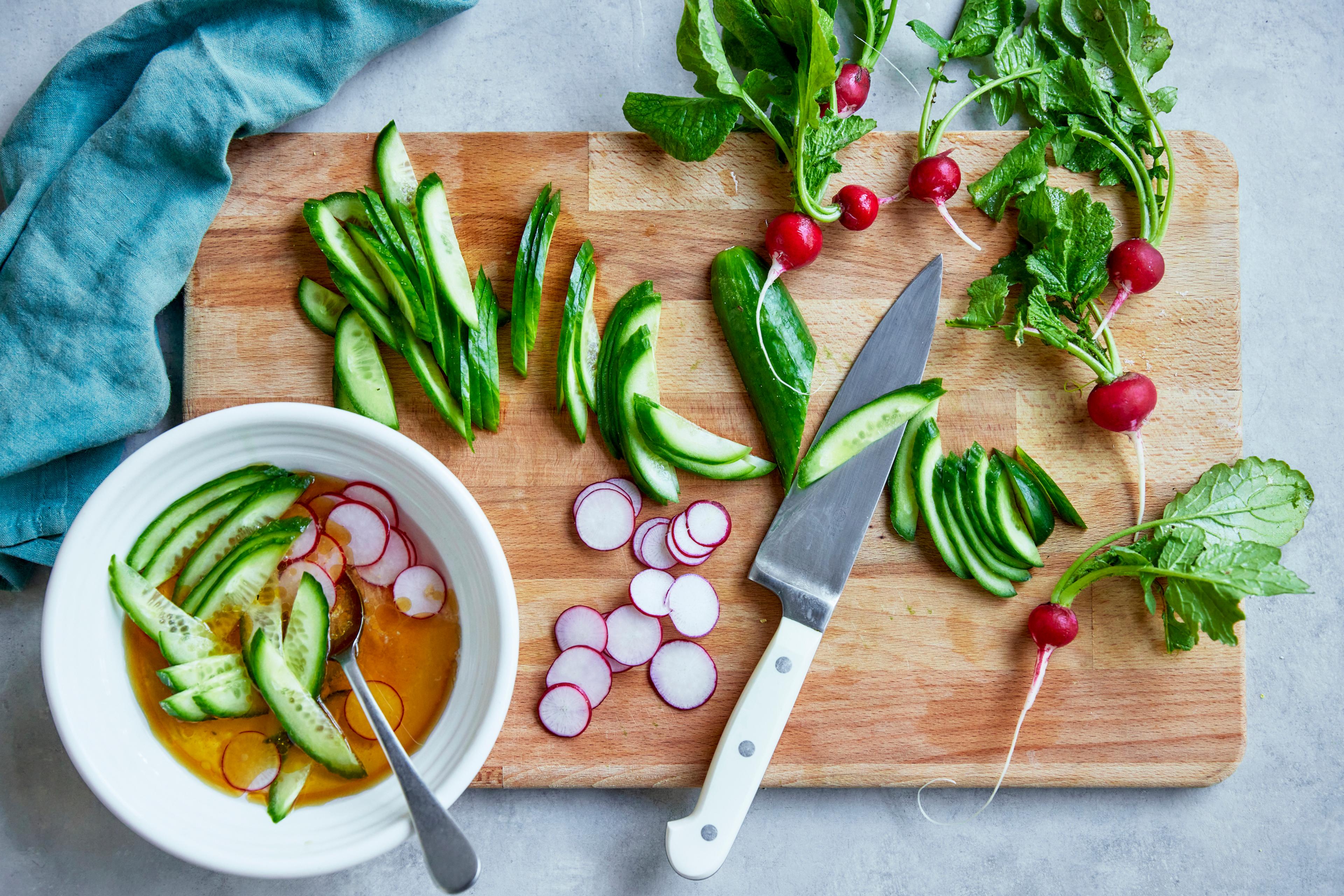
With the advancement of spring comes the chance to relish new harvests, but make sure you know what’s in season and how to make the most of it.
Of course, it depends on where you are to the depth of how you feel it, but we are a matter of days away from spring. The observant among us have already clocked the warm caress of the breeze, the shy debutant blooms of the coming season, and the change of produce at the grocery store.

Learning which vegetables appear at which time of the year and how to treat them right isn’t really something most school curriculums pay attention to. Ergo, the onus is on your adult self to get educated on seasonal eating. But why? Well, firstly, because if you eat with the seasons, you’re eating fresher and more nutrient-rich food. It’s also is far better for the planet in terms of reducing unnecessary food miles and wastage. And, you’ll also save money.
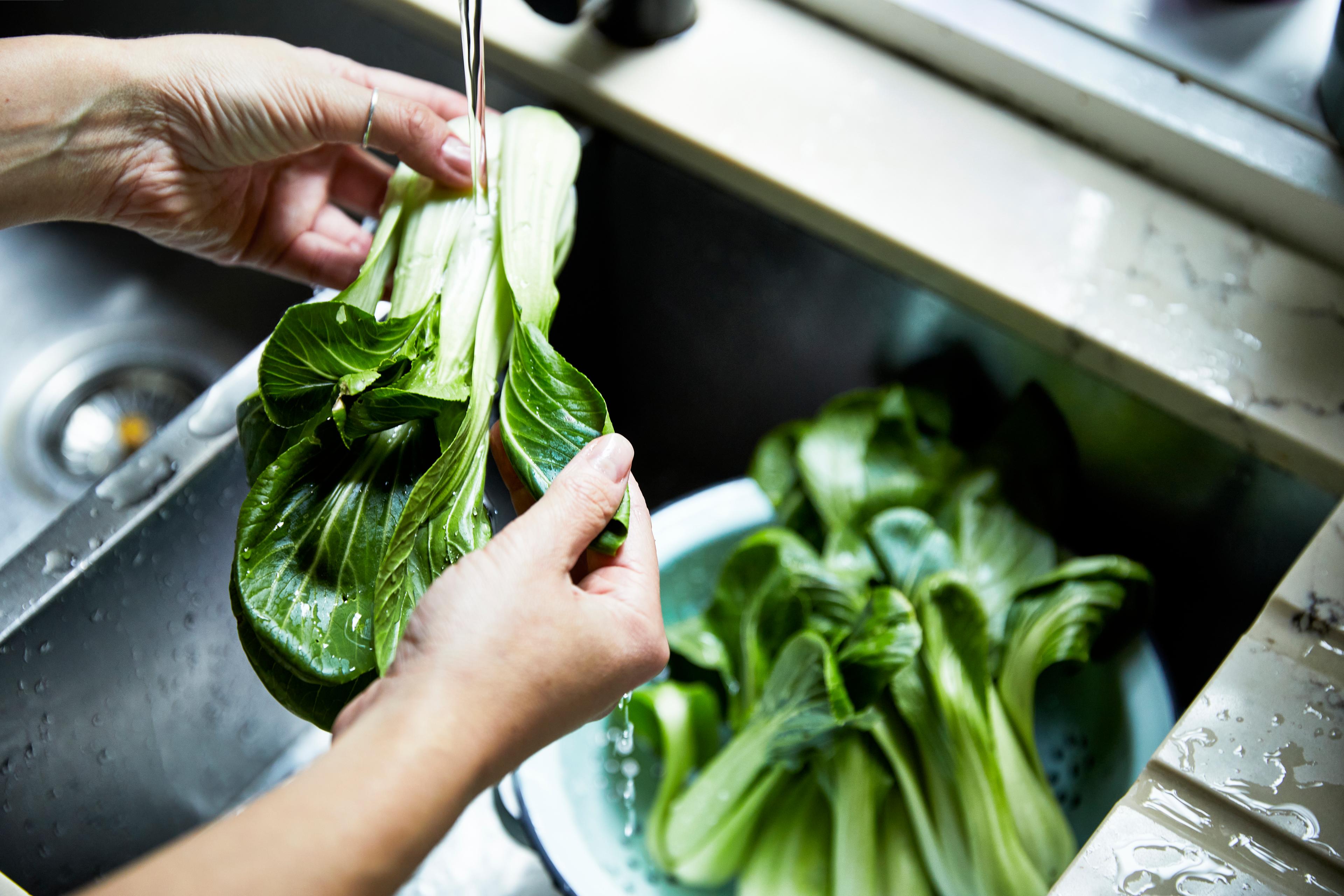
You’ll notice our weekly menus are shifting to incorporate more springy ingredients and cooking methods, such as salads and quick heat treatments. But on those nights you’re cooking solo without your QuiteLike recipe card, take a look at this produce list, so you know what veg to select to ensure you’re eating with spring:
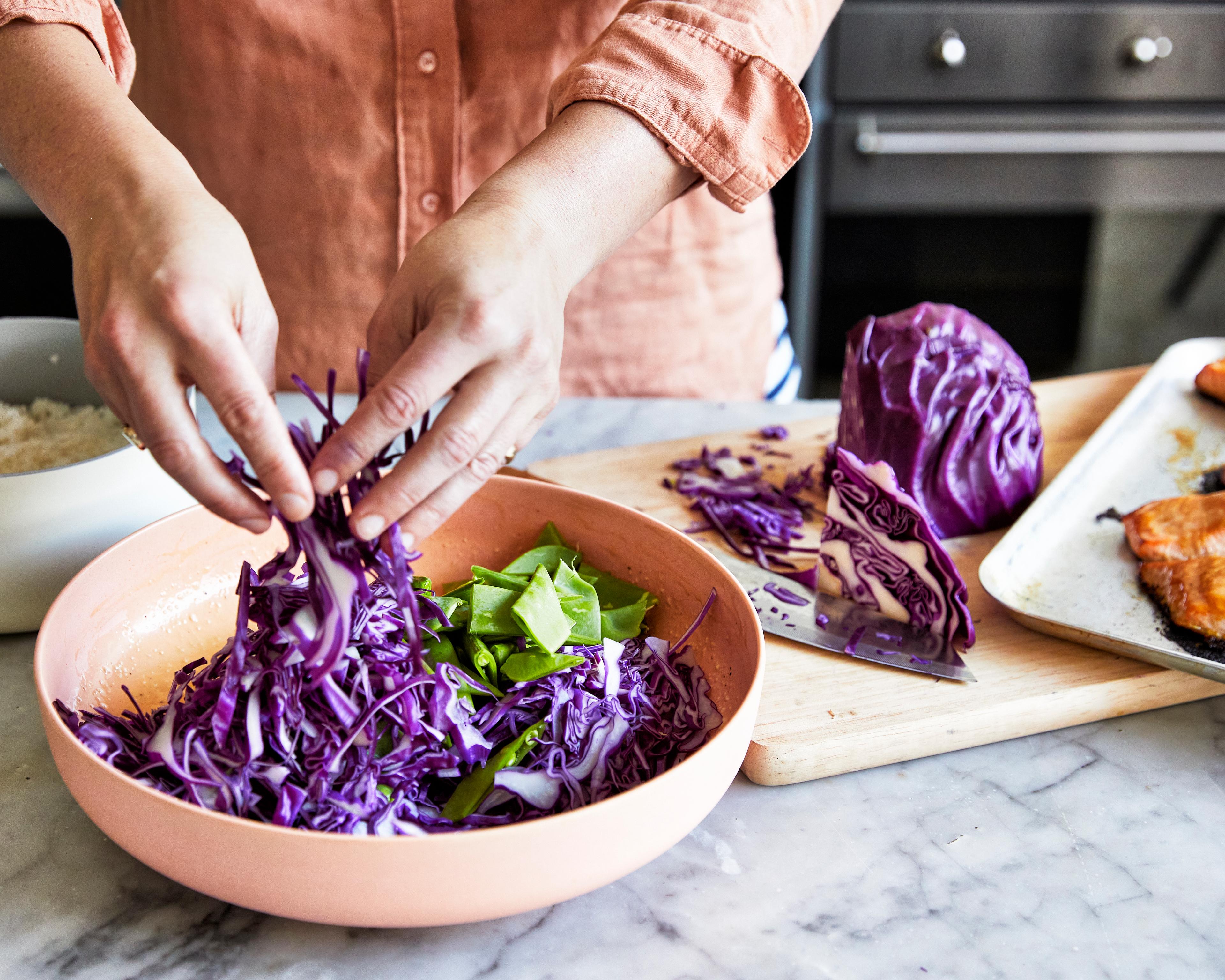
Artichokes
Asparagus
Asian vegetables
Broad beans
Broccoli (most brassica)
Cauliflower
Cabbage
Celery
Cucumbers
Leeks
Mushrooms
Parsley
Potatoes
Radishes
Silverbeet
Spinach
Squash
Tomatoes
Zucchini

Taking notes? Great. So now, there’s no point in buying beautifully fresh produce just to boil it to the colour of misery. Most people who cannot tolerate greens are often those who have suffered one overcooked bean too many in their vegetally disadvantaged lives. To make sure you get the best from the veg and the money you spend, follow these easy tips.
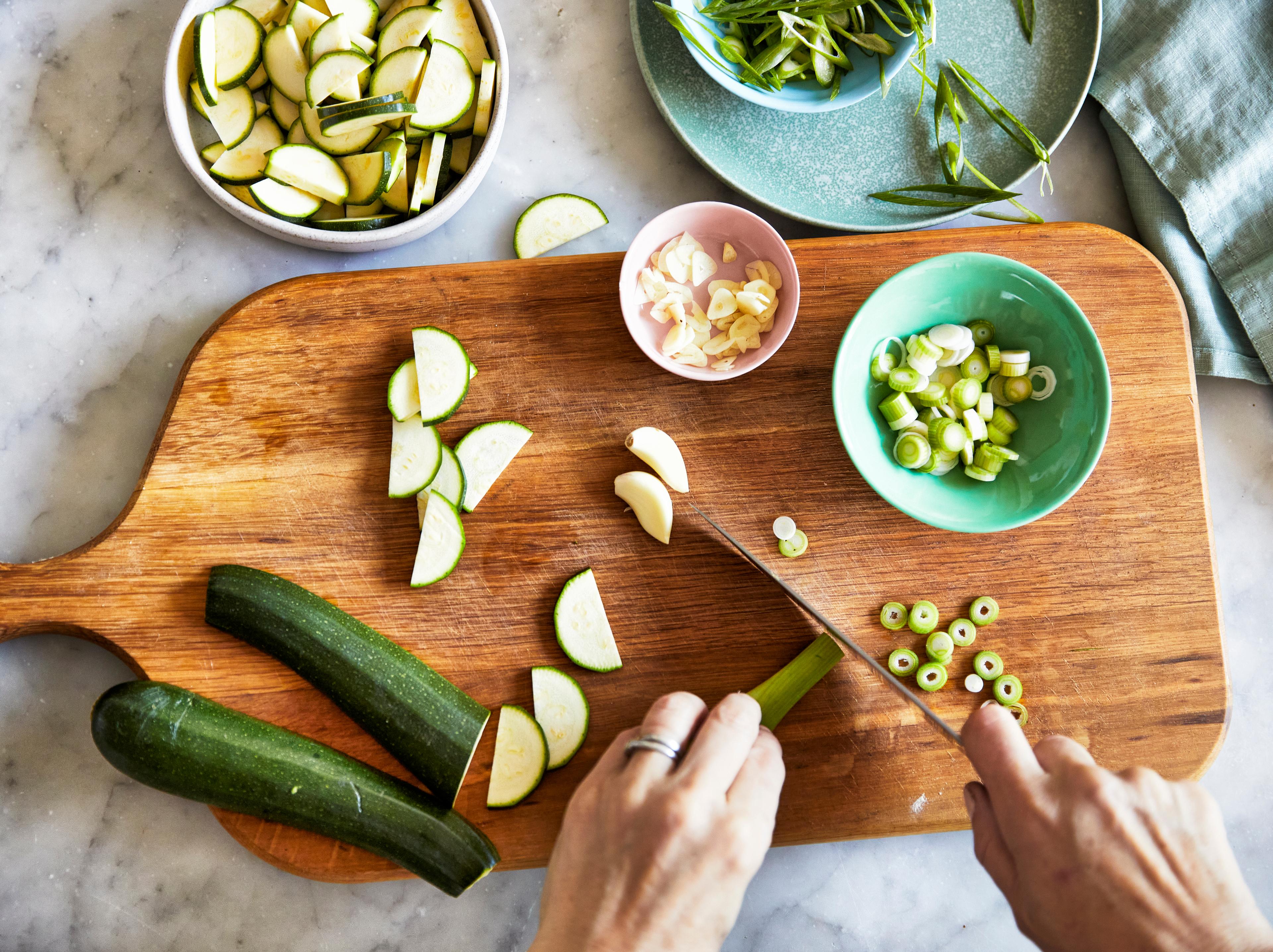
Waste not
There are certain parts of vegetables that aren’t enjoyable to eat, but try not to trim away any of the good parts. For example, did you know that carrot tops are edible and taste like parsley? For real. Here are some other quick, no-waste ideas to help you rethink your compost bin:
- Rather than trimming off too much of the asparagus, simply bend the woody stem at the lowest point that it will snap off.
- Instead of throwing away your celery tops, use them to flavour stocks and soups.
- Not all vegetables need to be peeled. In fact, the best nutrients are just under the skin, so washing, instead of peeling can be a good idea for carrots, sweet potatoes and potatoes.
- If you do peel skins, they can be dusted in cornflour and deep-fried to make crunchy toppings.
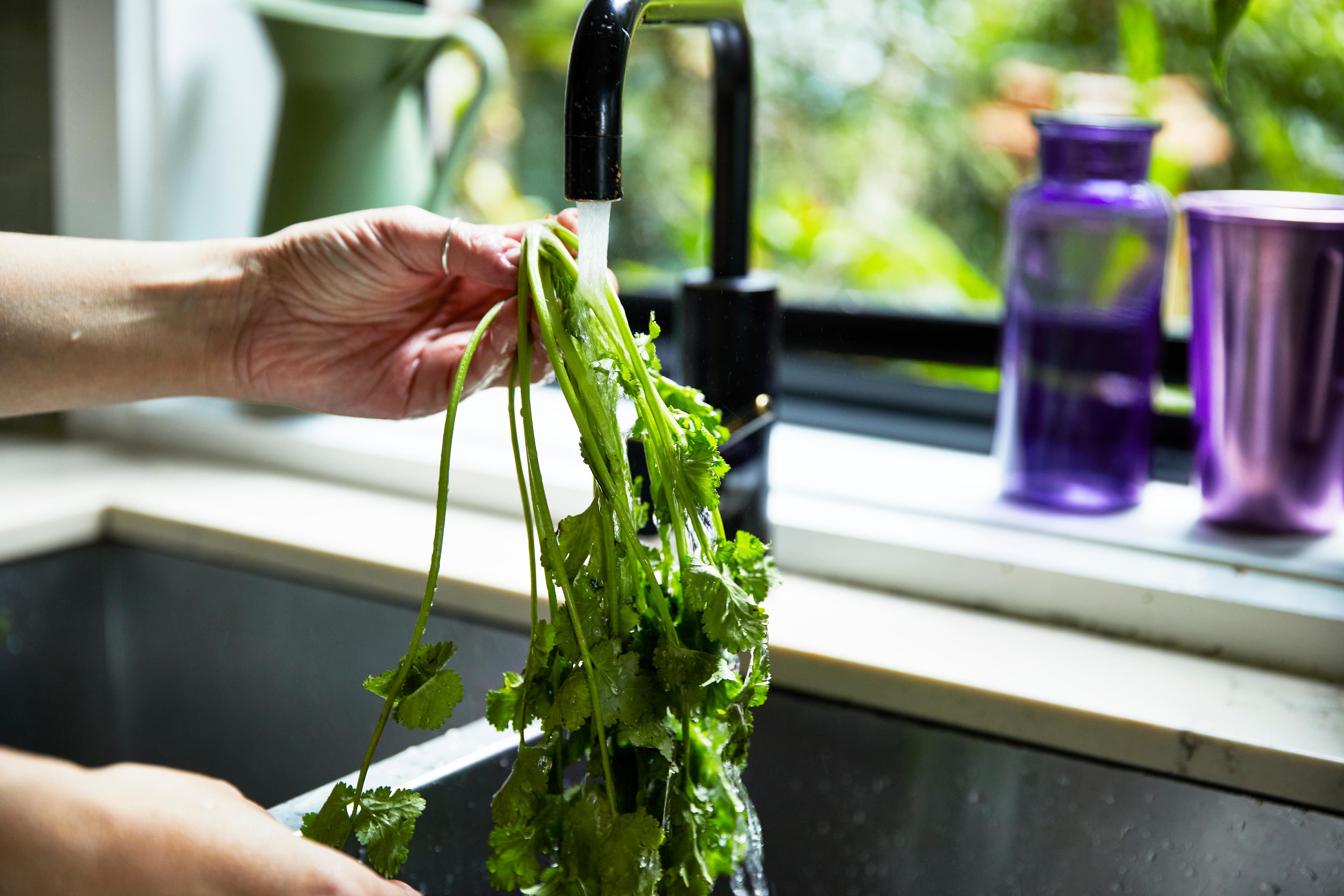
Keep it quick
Most vegetables, especially the chlorophylly goodness of greens, benefit from only brief cooking to keep their radiance and crunch. The best way to do this is to blanch them very quickly in salted, boiling water and then refresh them in a bowl of iced water to stop the cooking process and arrest colour loss. If you can’t be bothered with all that, just rinse them under cold water. This rule, however, doesn’t apply to potatoes, which need to be started in cold water to prevent them cooking unevenly.
How long you cook green vegetables for depends on the variety and how much you’re cooking. But, usually, it hovers between 30 seconds to 1 minute for leafy greens, while vegetables such as broccoli and beans may take a minute or so longer. Some very delicate greens, such as some Asian greens and baby spinach leaves, need only have boiling water poured over them. The best way to know, though, is to give it a go. Have a bite and test for crunch.
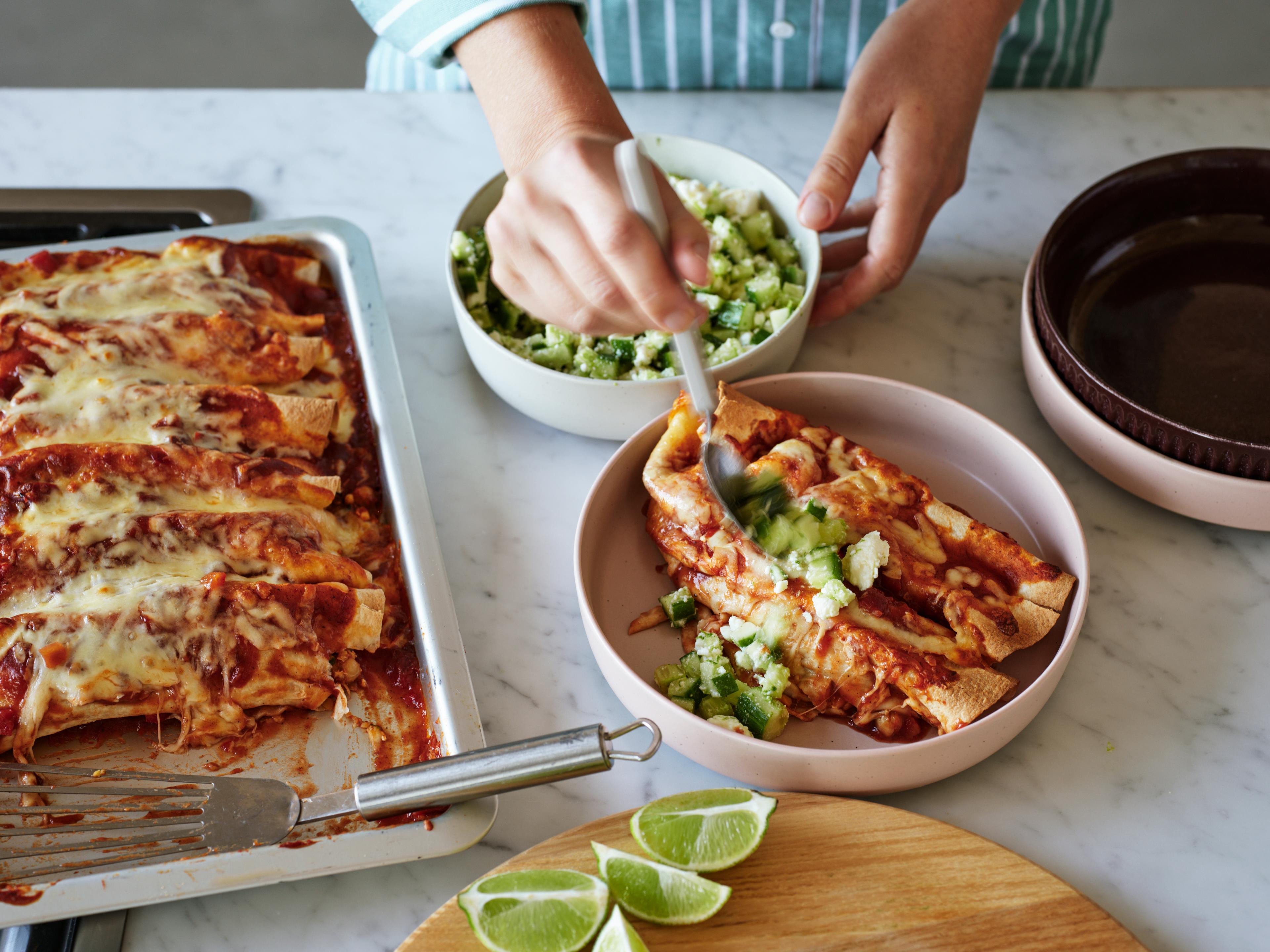
Salt it
For the most delicious results, you should always cook your vegetables in boiling salted water. This is because salt brings out the flavour in food and adding it to the water ensures the salt permeates the vegetables. The salt also helps to keep the vibrant colour, too. Don’t be shy with it, either, you want to add salt to veggies like you would to pasta – enough to make it taste like you collected the water from the sea.

Store for more
You’ll get more out of your fresh vegetables by making them comfortable while they wait to be consumed. Try these ideas:
For leafy greens, it’s best to keep them insulated from the fridge air by wrapping in a clean tea towel or cloth bag, compostable food bags or glass containers. You can use plastic containers and bags, of course. But natural is always better.
- Underground dwelling vegetables, such as sweet potatoes and potatoes, prefer cool, dark places where the air can circulate around them. A basket in the pantry is a good spot.
- It’s the same deal as above for onions and garlic, but they don’t like to share space with the potatoes on account of their humidity preferences. You can store cut, leftover onion in a container in the fridge.
- Carrots and other roots and tubers, such as beetroots, parsnips and ginger are admirably uncomplaining. They can loiter in the crisper for weeks before they begin to shrivel and soften. Best to eat them before this point, but if you don’t, add their less-than-perfect selves to soups and stocks.

